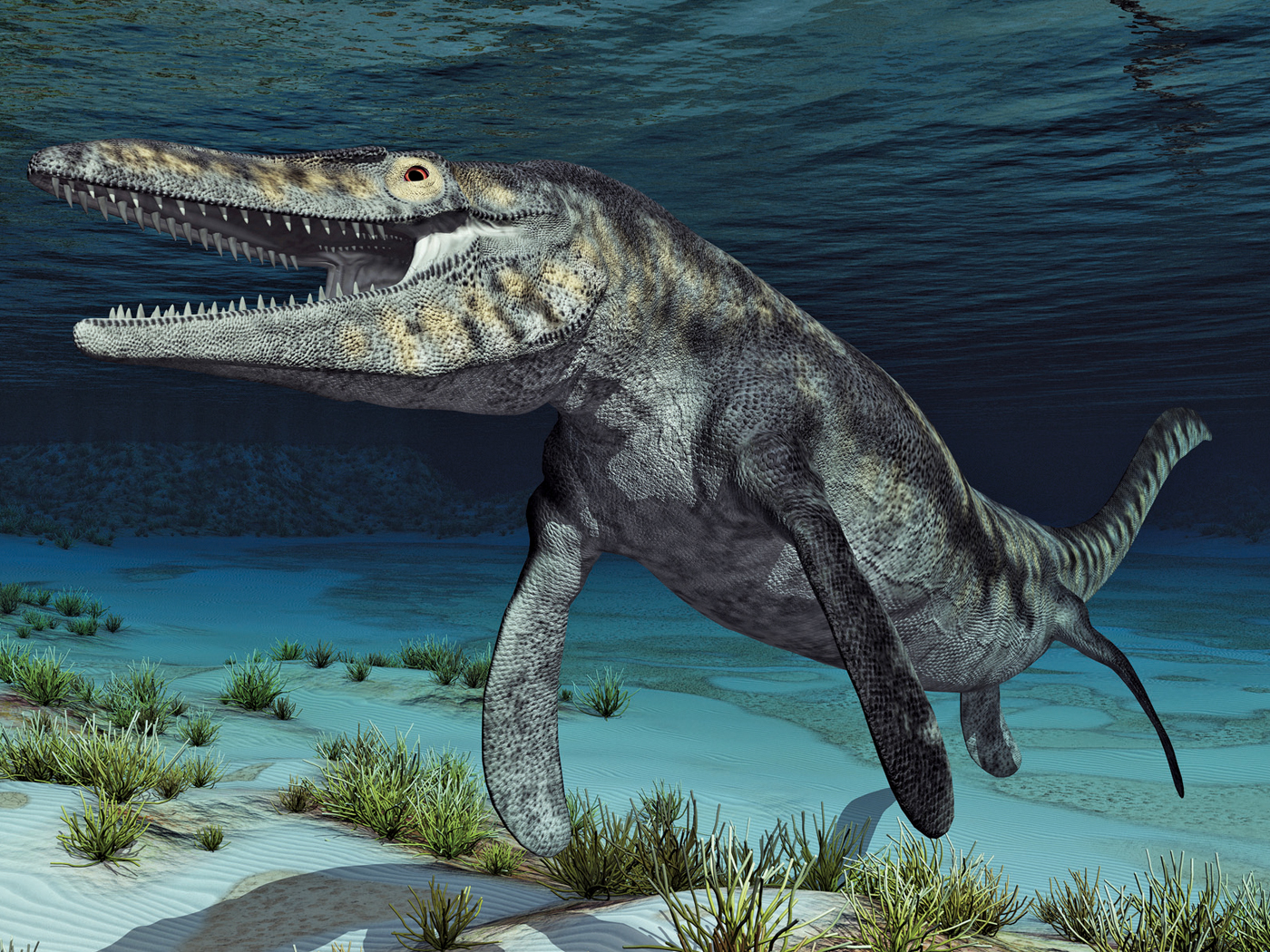Tasmanian devils are breeding at younger ages, and researchers at the University of Tasmania in Australia believe the phenomenon is caused by an evolutionary response to the cancer that is devastating these small marsupials.
Devil facial tumor disease (DFTD) is a contagious form of cancer that has been infecting the animals since 1996.1 Tasmanian devils are carnivorous marsupials of the family Dasyuridae. These nocturnal predators are found exclusively on the island of Tasmania and are comprised of about 50 species. They have a normal life span of five to six years, usually breeding around the ages of two or three. However, since the disease is cutting their total years down to two or three, most females would ordinarily not live to rear their first litter.
Since the onset of the epidemic, Tasmanian devils have begun to breed as early as age one. “We could be seeing evolution occurring before our eyes. Watch this space!” zoologist Menna Jones of the university said in an interview with the Associated Press (AP).2 She has been studying the animals’ life cycles since before the disease outbreak and recently reported her findings in the Proceedings of the National Academy of Sciences.3 “What we are suggesting in this paper is that there is likely to be strong selection for rapid evolution…It was an exciting discovery,” she told the AP reporter.
Rather than acknowledging the detrimental pathological conditions such as cancer or mutations encountered in this particular population, Jones and other scientists interpret the situation as a demonstration of the upward-and-onward process of macroevolution. From the non-Darwinian standpoint, however, what we are seeing is not evolutionary progress in Tasmanian devils, but tragic extinction. Some zoologists feel there will be no more Tasmanian devils in a quarter century due to DFTD.
Jones believes that the population decline may be slowed by the animals’ breeding at a younger age. Even if that happens, the Tasmanian devils will remain Tasmanian devils—the same genus, the same species. A more logical explanation for the earlier breeding may be that the Creator provided this type of adaptive response to the threat of disease, just as He provided for adaptability within each animal kind for climate, diet, and other conditions.
Does the life and death struggle of the Tasmanian devil demonstrate “strong selection for rapid evolution”? On the contrary, what the evidence actually shows is not “evolution occurring before our eyes,” but the slow extinction of a created kind.
References
- Siddle, H. et al. 2007. Transmission of a fatal clonal tumor by biting occurs due to depleted MHC diversity in a threatened carnivorous marsupial. Proceeding of the National Academy of Sciences 104 (41): 16221-16226.
- Schmid, R. Cancer forces Tasmanian devils to breed earlier. Associated Press. Posted online July 15, 2008, accessed July 17, 2008.
- Jones, M. et al. 2008. Life-history change in disease-ravaged Tasmanian devil populations. Proceeding of the National Academy of Sciences. Published ahead of print July 14, 2008, accessed July 17, 2008.
* Mr. Sherwin is Senior Science Lecturer.
Article posted on July 22, 2008.












